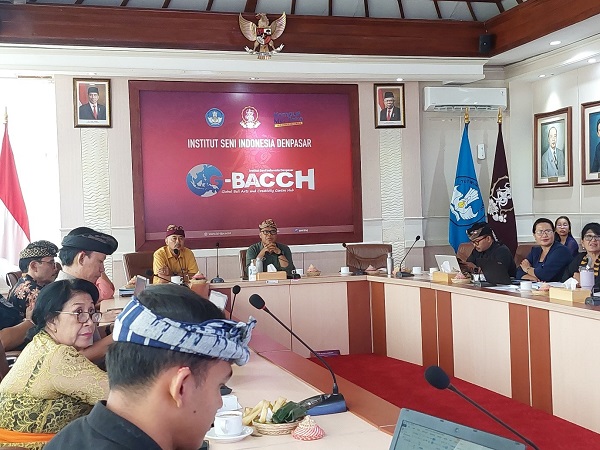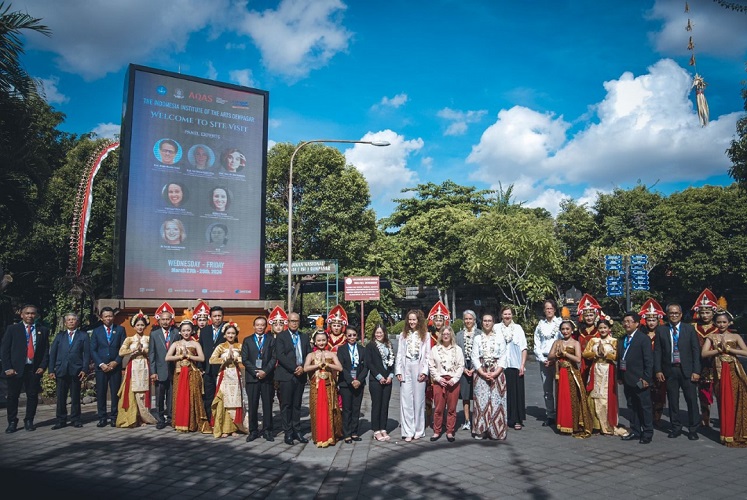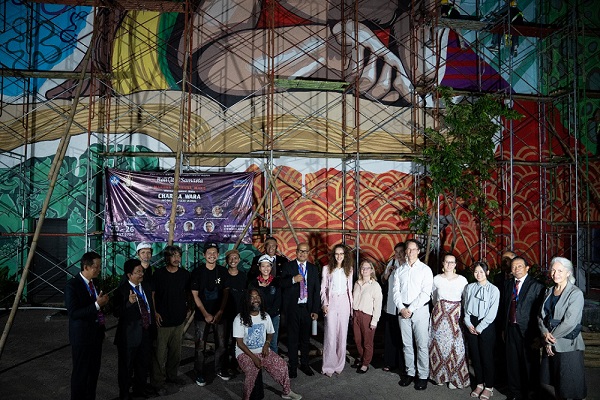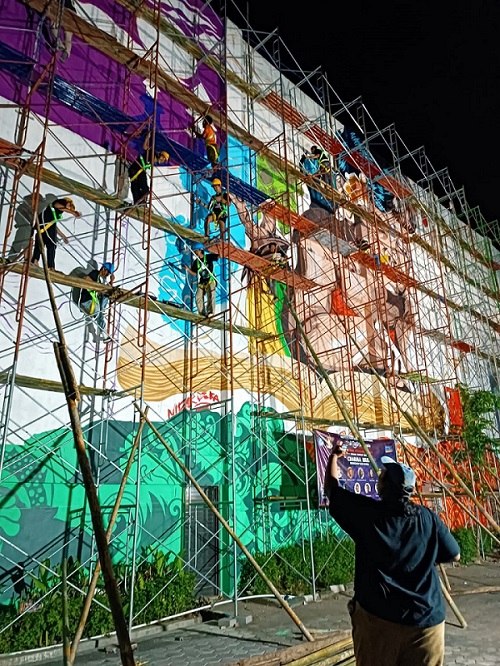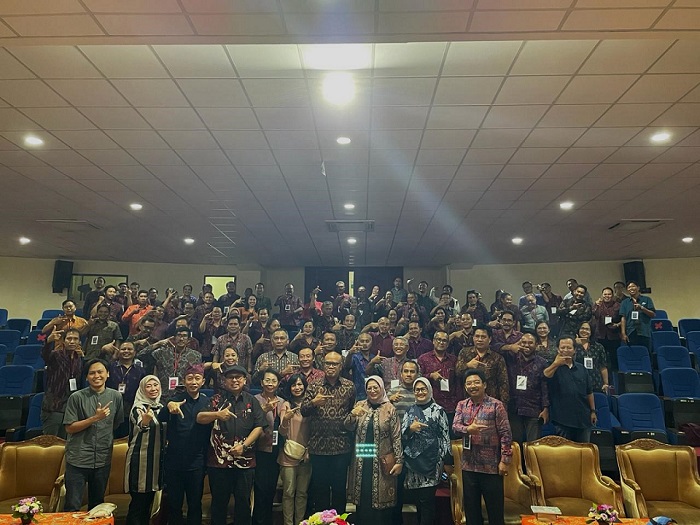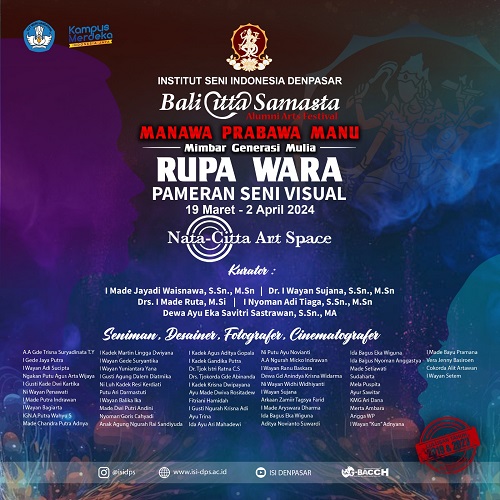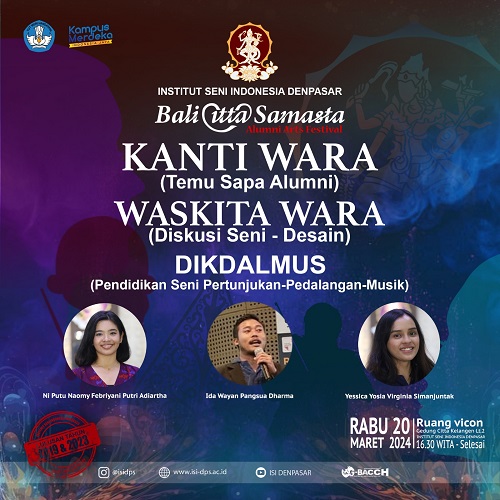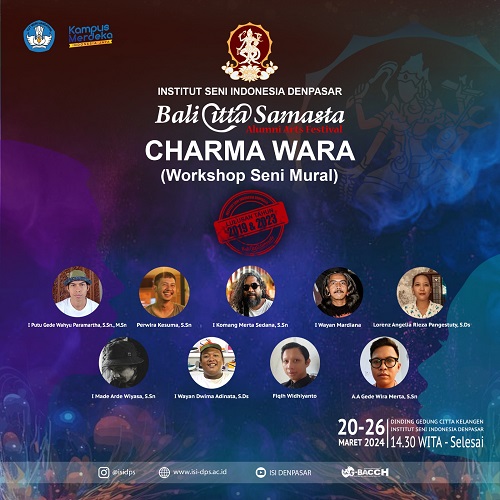By I Nyoman Windha
The origins of Balinese gamelan are somewhat mysteries as there are few written records existing regarding very early forms of gamelan. From temple reliefs and existing ancient bronze drums, we can see strong early influences from China, mainland Southeast Asia and, in particular, India. In the first century A.D., Hinduism came to Java from India, along with Buddhism. These were the predominant religions in Java up to the fifteenth century, when Islam spread inland from the north coast, having traveled from Sumatra, where it had established its first strongest presence, dating back to the twelfth century A.D. To this day, Indonesian Islamic culture, particularly music, is strongest in Sumatra, particularly in the northernmost province of Aceh.
In Java persisting evidence of the path of adoption of Islam can be found in the fact that the strongest Muslim cultural layer of Central Java remains on the north coast. One popular musical genre there is the gambusan, in which four or more veiled girls sing Muslim songs, mostly in Arabic, accompanied traditionally by four tambourines, a flute (suling), and a small drum. Larger modern forms of this ensemble my additionally include four violins, a clarinet, an accordion and a gambus, which is a pear-shaped plucked lute said to have been brought long ago from the Persian-Arabic area to Pekalongan on the north coast, and to other strongly Muslim areas such as Minangkabau.
In Java, the Islamic influence on gamelan can be found in Gamelan Sekaten, the largest and loudest in Java. This ancient gamelan form is played once a year in an important ceremony. The gamelan is said to have been created by Java’s first Muslim prince in the early sixteenth century. He had built two enormous gamelan in the hope of attracting the largely Hindu population to the new Islamic faith. He ordered this large gamelan to play continuously for a week in his newly built court mosque, during the celebration of Mohammed’s birth, the Sekaten Festival. This festival still takes place every year with the gamelans at the great mosques of Surakarta and Yoygakarta.
Another important performing arts tradition descending from Arabic culture is the Qasidah. Qasidah is a classical Arabic word for epic religious poetry, traditionally performed by a storyteller-singer, accompanied by percussion and chanting. In Indonesia, Muslims practice their own versions of this by improvising lyrics in local languages that address contemporary moral issues and concerns. A modern version of Qasidah is popular. It is a pop-song form using modern western instruments, and rhythms and melodies from the popular Dangdut form which in turn borrows them from Arabic pop songs.
Current Balinese culture traces origins back through Java to India. In Java, the last great Hindu kingdom, called Majapahit, fell to Muslim rulers around 1500. Today, nearly ninety percent of Java’s population is Muslim, but the traditional arts of gamelan, dance, and theatre all have their roots in the older Hindu-Buddhist culture. In the late fifteenth century the Hindu Javanese Majapahit Empire fell to Muslim rulers. At this time, many of the Javanese princes fled eastwards across the narrow strait to Bali, taking with them their priests, dancers and musicians. To this day the Balinese religion is a unique blend of Hinduism and traditional Balinese beliefs.
In both Java and Bali gamelan music is inseparable from the arts of poetry, dance and drama. A gamelan player will be familiar with dance movements and poetry and many dancers are quite at home sitting in the gamelan. There is a very strong interrelation among different art forms, as exemplified by a tight interweaving with musical gesture and dance movement. This high degree of interrelation is signified further by the large amount of crossover for artists between different art forms. Beyond the fact that dancers and musicians can often perform competently, and even virtuosically, in either realm, musicians are often painters and wood carvers and the reverse is true also. The gamelan is rarely played on its own without accompanying dance or puppetry. Like many other Southeast Asian ensembles, it is closely linked to the theatre.
One of the most popular forms of theater in Java and Bali is wayang kulit. The wayang was originally associated with ancestor worship in the pre-Hindu era, but later adopted the Hindu stories of the Ramayana and Mahabharata, which have formed the basis of Javanese and Balinese dance and theatre for over a thousand years.


